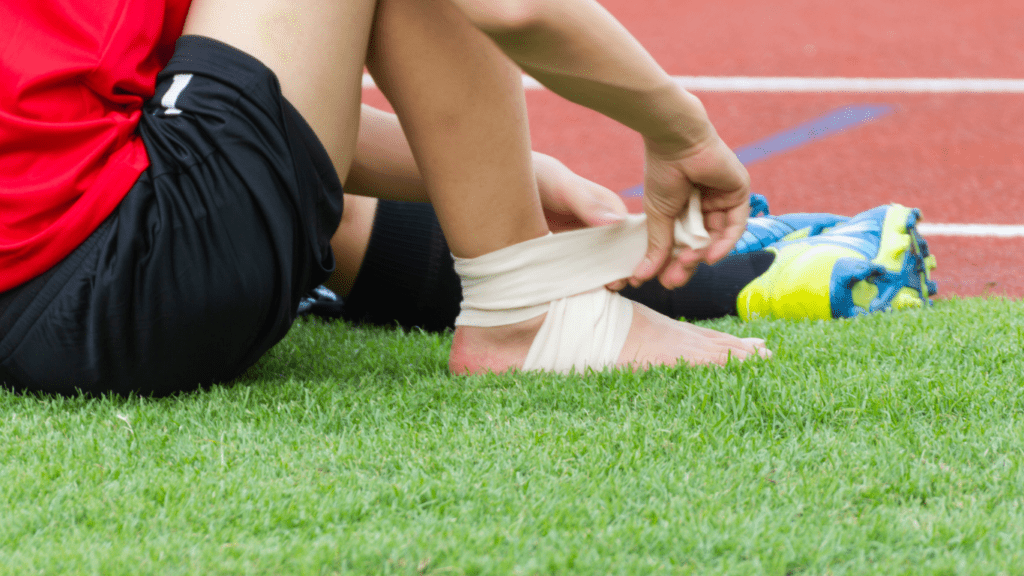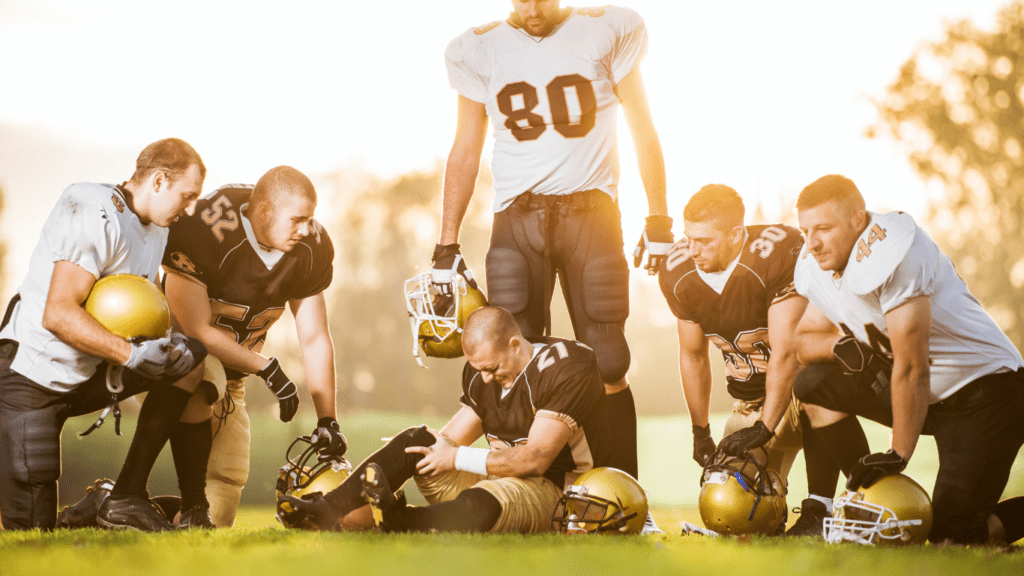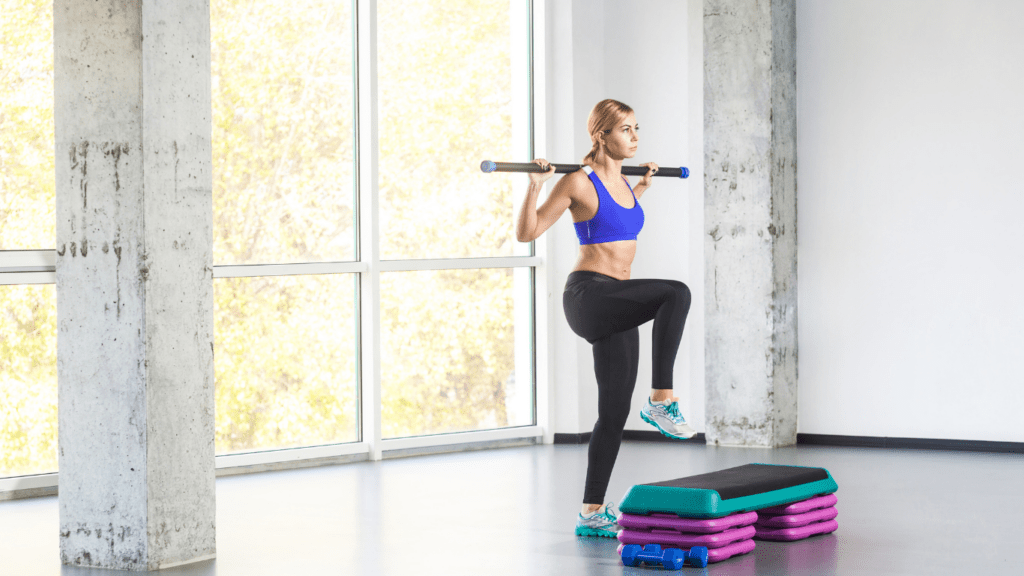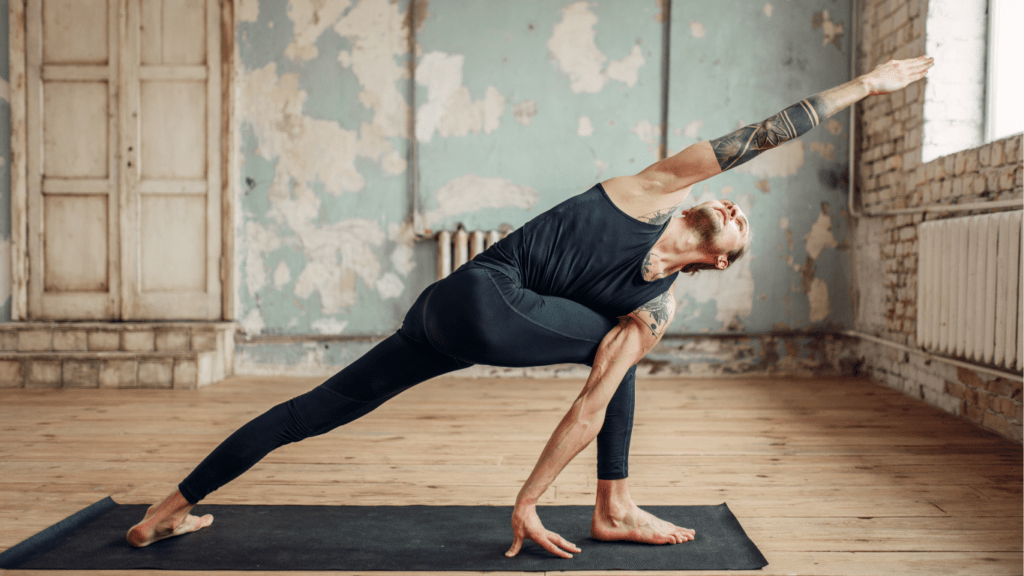Injuries can sideline even the most dedicated athletes, disrupting their progress and impacting team performance. I’ve seen how a proactive approach to injury prevention can make all the difference, keeping athletes in peak condition and teams performing at their best. It’s not just about reacting to injuries—it’s about building a plan that minimizes risks all year long.
Importance Of A Year-Round Injury Prevention Plan
- A year-round injury prevention plan ensures athletes maintain peak physical condition, minimizing the risk of injuries throughout the sports season. Injuries disrupt performance, hinder progress, and risk sidelining athletes for extended periods. Proactive prevention addresses these challenges efficiently.
- Consistent implementation of such plans improves muscle strength, joint stability, and overall flexibility. For example, adding rotational core exercises enhances strength distribution, while agility drills improve coordination. These elements reduce the likelihood of strain or sprain during dynamic movements.
- Athletes benefit from continuous injury monitoring and tailored interventions that adapt to physical demands over the year. Off-season recovery periods, pre-season strength building, and in-season maintenance work together to mitigate cumulative stress on the body.
- For teams, reducing injuries translates to sustained performance levels and fewer lineup disruptions. A comprehensive plan that includes biomechanics assessments and conditioning minimizes common team-wide injuries, like hamstring pulls or ACL tears.
- By adopting structured, year-round strategies, teams and athletes ensure longevity and resilience in competition.
Key Components Of An Effective Plan
Creating an effective year-round injury prevention plan requires integrating strategies tailored to different phases of the sports season. Each phase addresses specific needs to optimize athlete performance and minimize injury risks.
Pre-Season Preparation
Pre-season preparation builds foundational strength and addresses individual weaknesses. I emphasize designing training programs focusing on:
- muscle strengthening
- enhancing joint stability
- developing flexibility
Incorporating power exercises, like squats and plyometric drills, improves endurance and readiness for the upcoming season. Screening assessments identify potential imbalances or risk factors, enabling me to tailor preventive strategies, including corrective exercises and mobility routines.
In-Season Maintenance
In-season maintenance ensures athletes sustain optimal physical levels while avoiding overuse injuries. I incorporate balance and stability exercises, like single-leg stands and low-impact movements, to support joint health and functional mobility. Prioritizing recovery protocols, such as compression and controlled stretching, mitigates the cumulative stress from games. Monitoring workload and adjusting training intensity helps prevent fatigue while maintaining peak performance.
Post-Season Recovery
Post-season recovery focuses on repairing tissue damage and restoring overall well-being. I rely on rest periods combined with active recovery methods, such as swimming or yoga, to minimize stiffness and promote blood flow. Evaluating performance and injury trends provides insights into areas for improvement during the next cycle. Gradual re-introduction to training, starting with light cardiovascular activities, lays the foundation for future strength-building phases.
Assessing Individual And Team Needs

A comprehensive injury prevention plan starts with understanding the unique requirements of each athlete and the team. Addressing weaknesses and risks improves effectiveness and reduces injury rates.
Identifying Common Injuries
Analyzing injury trends within the sport reveals vulnerabilities. For example, basketball players face risks like ankle sprains and ACL tears, while baseball pitchers are prone to shoulder injuries. Reviewing historical data from previous seasons identifies recurring issues among players, enabling customized preventive measures. I also account for sport-specific demands, such as repetitive motions or high-impact actions, to reduce potential damage.
Evaluating Physical Fitness Levels
Accurate fitness assessments highlight areas for improvement. Assessing flexibility with static and dynamic tests identifies tight or overused muscle groups. Measuring strength levels through functional movements, such as squats or presses, pinpoints asymmetries. I include cardiovascular endurance evaluations to confirm stamina matches the demands of the sport. Using these results, I design individualized training strategies that target physical imbalances, ensuring optimal readiness for the season.
Developing A Customized Prevention Strategy
Tailoring a prevention strategy directly to the needs of athletes and teams enhances its effectiveness. By addressing individual vulnerabilities and sport-specific demands, I can build robust, comprehensive plans that minimize injury risk.
Strength And Conditioning Programs
Building strength and conditioning programs focuses on improving functional strength, joint stability, and muscular endurance. I include compound exercises like squats and deadlifts to improve total-body strength, while introducing resistance bands for stabilizing muscles around major joints. For endurance, I incorporate circuit training with sport-specific movements to replicate game demands. Adjusting the volume and intensity of exercises based on the season ensures athletes stay conditioned without overtraining.
Flexibility And Mobility Training
Flexibility and mobility training aims to enhance range of motion and reduce muscle tightness. I prioritize dynamic stretching routines pre-activity and static stretches post-activity to maintain flexibility. Mobility drills like hip openers or thoracic rotations target areas critical to specific sports, such as hips for soccer players or shoulders for swimmers. By addressing tightness and imbalances through these routines, I improve biomechanics and reduce strain during competition.
Sports-Specific Drills
Sports-specific drills target the unique physical and technical requirements each sport demands. I design drills that improve agility, balance, and coordination, such as lateral shuffles for basketball or sprinting with directional changes for soccer. For injury prevention, I integrate reaction-based drills and controlled impact training to simulate game scenarios safely. These tailored drills enhance performance while strengthening the body against potential injury risks.



 Lead Training Analyst
Lead Training Analyst
